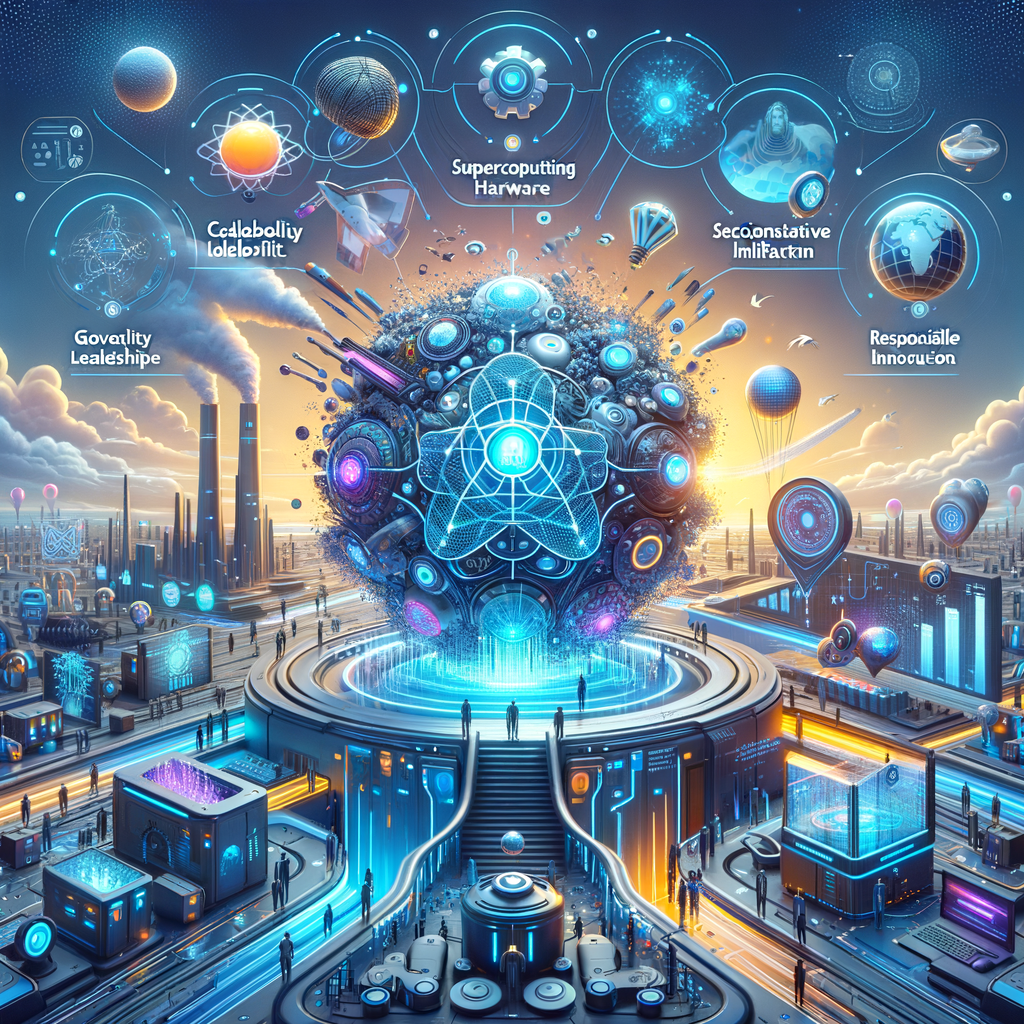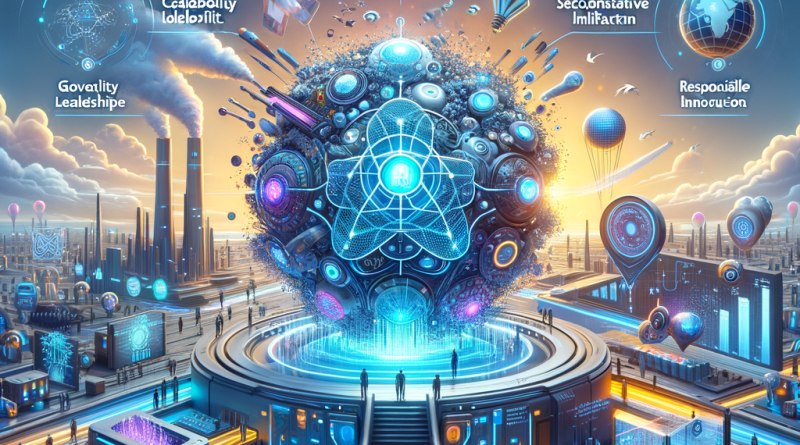“Shaping the Future: OpenAI and Nvidia’s Groundbreaking AI Innovations”

OpenAI and Nvidia Showcase the Future of Artificial Intelligence
The start of 2025 has been truly remarkable for the tech and AI sectors, with big announcements from both OpenAI and Nvidia. These developments are sure to leave a significant impact on the world of artificial intelligence and its applications. Here’s everything you need to know.
🌟 OpenAI: A Leap Towards Superintelligence
OpenAI, under the leadership of CEO Sam Altman, has unveiled its ambitious pivot from Artificial General Intelligence (AGI) to Superintelligence. This shift isn’t just semantic—it’s about scaling AI capabilities beyond human intelligence to foster groundbreaking innovations.
- Superintelligence Vision: Altman envisions AI that will drive scientific discoveries and economic advancements while fundamentally transforming industries.
- ChatGPT’s Phenomenal Growth: Since its launch in November 2022, ChatGPT has surged from 100M to 300M users, becoming a cornerstone of AI-driven productivity.
- AGI Breakthrough: OpenAI claims substantial progress in developing AGI and suggests AI agents could enter the workforce by 2025, redefining automation and efficiency.
- Challenges: High operational costs, AI hallucinations, and safety concerns remain obstacles yet to be resolved.
- Governance & Safety: Although OpenAI aims to establish better governance protocols, recent internal disputes have raised questions about their ability to safely oversee advanced systems.
- Iterative Deployment: The company pledges to release updates incrementally to allow time for societal adaptation.
Superintelligence represents the next frontier in AI innovation. However, balancing cutting-edge development with ethical governance will be critical as OpenAI argues for broader societal feedback and adaptability.
🚀 Nvidia’s “Digits”: Desktop AI Supercomputing
Strengthening its foothold in AI hardware, Nvidia introduced “Digits,” a $3,000 personal AI supercomputer designed to bring enterprise-level AI power directly to individual creators and researchers. Here’s what makes this device so revolutionary:
- Compact and Potent: Powered by Nvidia’s GB10 Grace Blackwell Superchip, Digits delivers 1 petaflop of AI processing power within a desktop-friendly form factor.
- Massive Memory: It comes equipped with 128GB of unified memory and up to 4TB of NVMe storage, enabling substantial model training capabilities.
- Scalability: For advanced users, two Digits units can be combined to handle AI models with as many as 405 billion parameters, competing with larger AI systems like Meta’s Llama 3.1.
- Preloaded Productivity: Out-of-the-box support for PyTorch, Python, and Nvidia’s AI tools make it well-suited for immediate development.
- Energy Efficiency: Featuring 20 Arm-based cores co-engineered with MediaTek, Digits balances high performance and low energy consumption.
- Versatile Deployment: Users can seamlessly scale their models from local systems to cloud environments using Nvidia’s AI Enterprise platform.
Nvidia’s Digits lowers the barriers of entry for advanced AI development, making it accessible to individual creators and small teams. This has the potential to democratize AI innovation across multiple fields.
Why These Developments Matter
The announcements from OpenAI and Nvidia not only highlight the rapid progression and accessibility of AI technologies but underline the increasing intersection between scalability, governance, and societal impact.
While OpenAI is pushing the envelope in software innovation, Nvidia is setting the stage with democratized AI hardware. Together, these advancements could open doors for new applications in science, education, healthcare, and beyond.
Looking Ahead
As these technologies evolve, they bring both opportunity and questions—particularly around safety, ecological impact, and accessibility. Staying informed and critical of how AI integrates into global productivity will be key to harnessing its potential responsibly.
